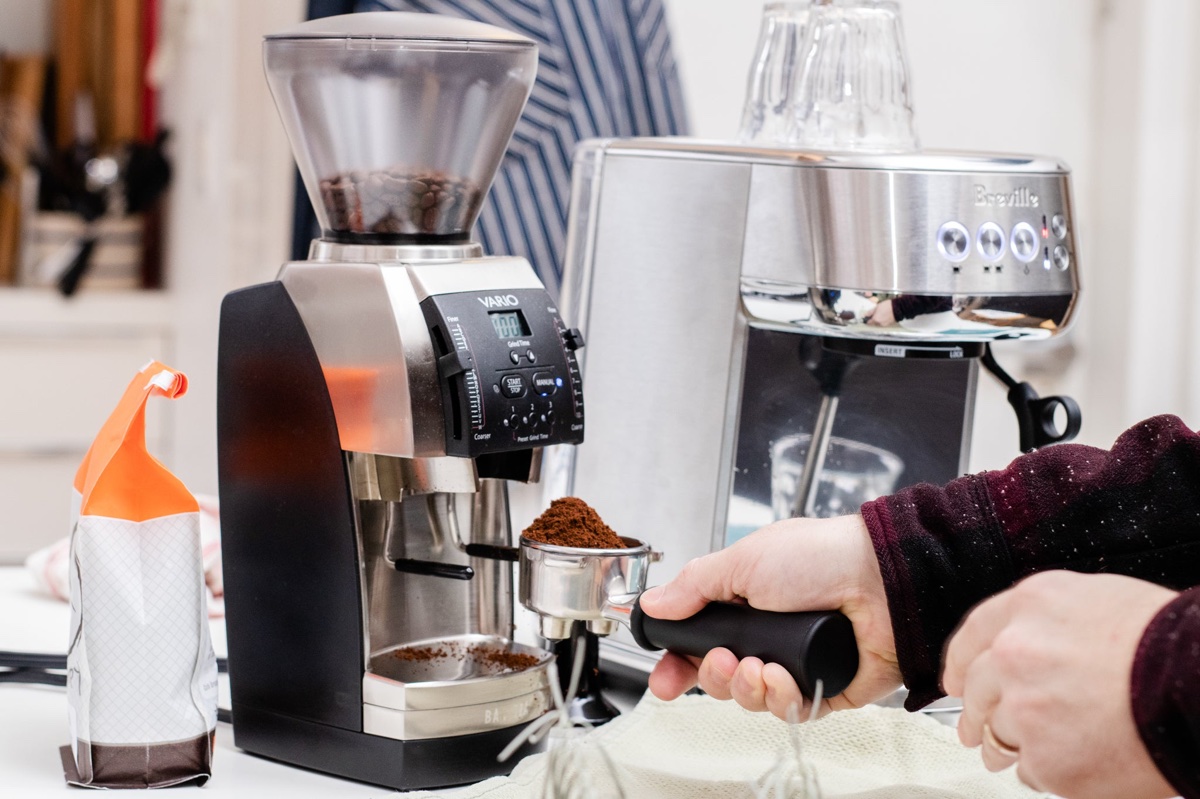

Articles
How To Start A Coffee Machine
Modified: January 7, 2024
Learn how to start a coffee machine with our informative articles. Master the art of brewing and enjoy a perfect cup of coffee every time.
(Many of the links in this article redirect to a specific reviewed product. Your purchase of these products through affiliate links helps to generate commission for Storables.com, at no extra cost. Learn more)
Introduction
Welcome to the wonderful world of coffee machines! Whether you are a coffee connoisseur or just starting your journey into the world of coffee, a good coffee machine is an essential investment. But with so many options available in the market, choosing the right one can be quite overwhelming. Fear not! In this article, we will guide you through the process of starting a coffee machine, from choosing the right one to brewing the perfect cup of coffee.
Before we dive into the details, it’s important to understand the importance of a good coffee machine. The quality and taste of your coffee depend heavily on the machine you use. A coffee machine is designed to extract the flavors and aromas of the coffee beans, giving you a rich and satisfying cup of coffee. With the right coffee machine, you can enjoy a café-quality coffee in the comfort of your own home.
Now let’s get started with the first step of starting a coffee machine – choosing the right one. When it comes to coffee machines, there are various types and models available, each with its own set of features and functionalities. It’s essential to understand your preferences and requirements to make an informed decision.
Next, we will dive into the different types of coffee machines. From traditional drip coffee makers to espresso machines, there is a wide range of options to choose from. Each type of coffee machine has its own strengths and is best suited for different brewing methods. We will explore the pros and cons of each type, helping you find the one that aligns with your coffee preferences.
Key Takeaways:
- Choose the right coffee machine by considering your brewing style, capacity needs, and budget. Understand the different types of coffee machines to make an informed decision and explore various brewing methods.
- Maintain your coffee machine for optimal performance and brewing consistency. Clean it regularly, descale to remove mineral deposits, and troubleshoot common issues to ensure a delightful coffee experience.
Read more: How To Make Coffee With Coffee Machine
Choosing the Right Coffee Machine
Choosing the right coffee machine is crucial to ensure that you get the perfect cup of coffee every time. With so many options available, it can be overwhelming to make a decision. Here are some factors to consider when selecting a coffee machine:
- Brewing Method: Think about the brewing method you prefer. If you enjoy a classic cup of coffee, a drip coffee machine might be your best bet. On the other hand, if you love espresso-based drinks like cappuccinos and lattes, an espresso machine is a better choice. Understanding your preferred brewing style will help narrow down your options.
- Capacity: Consider the number of people who will be using the coffee machine. If you live alone or have a small household, a single-serve coffee machine is ideal. However, if you frequently entertain guests or have a large family, a coffee machine with a larger capacity will be more suitable.
- Features: Take a look at the features offered by different coffee machines. Some machines come with programmable timers, allowing you to wake up to a freshly brewed cup of coffee. Others have built-in grinders, which ensure that your coffee is brewed with freshly ground beans. Consider which features are essential for you.
- Budget: Set a budget for your coffee machine. Coffee machines come in a wide range of prices, so it’s important to determine how much you are willing to spend. Keep in mind that a higher price does not always guarantee a better machine. Research different brands and models to find the best value for your money.
Once you have considered these factors, you can start exploring different coffee machines that fit your requirements. Read reviews, compare prices, and learn about the reputation of different brands. Don’t forget to check if the machine is easy to clean and maintain, as this will impact its longevity.
Remember, choosing the right coffee machine is an investment in your coffee experience. Take the time to research and find the best option that suits your needs and preferences. With the right machine, you’ll be able to enjoy the aroma and flavor of freshly brewed coffee in the comfort of your own home.
Understanding the Different Types of Coffee Machines
When it comes to coffee machines, there are various types to choose from, each offering its own unique brewing method and flavor profiles. Let’s take a closer look at some of the most popular types of coffee machines:
- Drip Coffee Machines: Drip coffee machines are the most common type found in households. They work by pouring hot water over a bed of ground coffee, extracting the flavors and aromas as the water drips through. Drip coffee machines are known for their simplicity and ease of use, making them a popular choice for everyday coffee drinkers.
- Single-Serve Coffee Machines: Single-serve coffee machines, also known as pod coffee machines, have gained popularity in recent years. These machines use pre-packaged coffee pods or capsules, making it convenient to brew a single cup of coffee with just the touch of a button. Single-serve coffee machines offer a wide range of flavors and allow for customization based on individual preferences.
- Espresso Machines: Espresso machines are a favorite among coffee enthusiasts who enjoy the rich, concentrated flavors of espresso. These machines use high pressure to force hot water through finely ground coffee, resulting in a small, concentrated shot of coffee. Espresso machines come in various types, including manual, semi-automatic, and fully automatic, offering different levels of control over the brewing process.
- French Press: The French press is a simple yet effective coffee brewing method. It involves steeping coarsely ground coffee in hot water and then pressing down a plunger to separate the grounds from the liquid. French press coffee is known for its full-bodied flavors and rich aroma.
- AeroPress: The AeroPress is a compact and versatile coffee brewing device. It uses air pressure to extract the flavors from coffee grounds, resulting in a smooth and flavorful cup of coffee. The AeroPress is popular among coffee lovers who appreciate portability and the ability to experiment with different brewing techniques.
Each type of coffee machine caters to different preferences and brewing styles. Consider your coffee preferences, convenience, and budget when choosing a coffee machine. It’s also worth noting that some machines offer multiple brewing methods, allowing you to experiment and enjoy a variety of coffee flavors.
Understanding the different types of coffee machines will help you make an informed decision based on your coffee preferences and lifestyle. Whether you prefer the convenience of single-serve machines or the artistry of espresso machines, there is a coffee machine out there to suit your needs. Experiment with different brewing methods and find the one that brings you joy with every sip.
Necessary Equipment and Ingredients
When starting a coffee machine, it’s important to have the necessary equipment and ingredients to ensure a smooth brewing process and delicious cup of coffee. Here are the essential items you will need:
Equipment:
- Coffee Machine: First and foremost, you will need a coffee machine that suits your brewing style and preferences. Choose a machine that aligns with the type of coffee you enjoy, whether it’s a drip machine, espresso machine, or any other type.
- Coffee Grinder: If you prefer to use whole coffee beans for a fresher flavor, a coffee grinder is essential. Look for a grinder that offers different grind settings to accommodate various brewing methods.
- Measuring Tools: Accurate measurements are crucial for brewing a consistent cup of coffee. Invest in a good coffee scale and measuring spoons to ensure you’re using the right amount of coffee and water.
- Filtered Water: High-quality water plays a significant role in the taste of your coffee. Use filtered water or bottled water to avoid any impurities that might affect the flavor.
- Coffee Filters: For drip coffee machines, you will need paper filters to trap the coffee grounds and allow the liquid coffee to flow through. Make sure to choose the right size and shape that fits your specific machine.
- Coffee Cups or Mugs: Finally, have your favorite coffee cups or mugs ready to enjoy your freshly brewed coffee. Choose vessels that are the right size to hold your desired serving of coffee.
Read more: How To Start The Washing Machine
Ingredients:
- Coffee Beans: The star ingredient! Choose high-quality coffee beans that are fresh and roasted to your preferred level. Experiment with different origins and blends to discover your favorite flavors.
- Water: As mentioned earlier, use filtered or bottled water to ensure a clean taste and optimal extraction of flavors from your coffee.
- Optional Additions: Depending on your preferences, you may want to have milk, sugar, or alternative sweeteners on hand to customize your coffee. Some coffee lovers also enjoy adding spices like cinnamon or vanilla extract for added flavor.
Having the right equipment and ingredients will set you up for brewing success. Take the time to invest in quality equipment that suits your needs, and always choose fresh and flavorful coffee beans for the best results. With these essential items in place, you’re ready to start brewing your own delicious cup of coffee.
Setting Up the Coffee Machine
Now that you have chosen your coffee machine and gathered all the necessary equipment and ingredients, it’s time to set up your coffee machine and prepare it for brewing. Follow these steps to ensure a smooth and successful setup:
- Read the Manual: Start by reading the instruction manual that comes with your coffee machine. Each machine is unique and may have specific setup requirements and instructions. Familiarize yourself with the machine’s features and functions before proceeding.
- Clean the Machine: It’s important to clean your coffee machine before the first use to remove any residue or impurities. Follow the manufacturer’s instructions on how to clean and prepare the machine for brewing.
- Water Reservoir: Fill the water reservoir of your coffee machine with filtered water. Be sure to fill it up to the recommended level indicated by the manufacturer, taking care not to overfill.
- Preheat the Machine: Depending on your coffee machine, you may need to preheat it before brewing. Follow the instructions provided to ensure that the machine reaches the optimal brewing temperature.
- Grind the Coffee: If you’re using whole coffee beans, grind them to the appropriate consistency for your brewing method. Consult the grinder’s instructions or refer to guidelines specific to your coffee machine to determine the ideal grind size.
- Insert the Coffee Filter: For drip coffee machines, place a paper filter in the designated area. Make sure the filter is properly fitted and secured to avoid any grounds getting into your coffee.
- Add Coffee: Measure and add the appropriate amount of coffee grounds to the filter. Refer to the instructions provided by the coffee machine manufacturer or use a coffee-to-water ratio for your desired strength of coffee.
- Start Brewing: Once you have set up everything, it’s time to start brewing! Depending on your machine, you may have different brewing options and settings to choose from. Select your desired brewing method and start the brewing process.
- Monitor the Brewing: Keep an eye on the brewing process to ensure that everything is going smoothly. Pay attention to the time and any indicators on the machine that signal when the brewing is complete.
With the coffee machine set up and the brewing process underway, all that’s left to do is wait for the delicious aroma of freshly brewed coffee to fill your kitchen. Once the brewing is complete, carefully pour the coffee into your favorite mug or cup, and savor each sip.
Remember, each coffee machine may have its own specific setup process, so always refer to the manufacturer’s instructions for the best results. Following these steps will ensure that your coffee machine is ready to deliver a delightful cup of coffee every time you brew.
Brewing the Perfect Cup of Coffee
Now that your coffee machine is set up and ready to go, it’s time to brew the perfect cup of coffee. The brewing process may vary slightly depending on the type of coffee machine you have, but here are some general tips to help you achieve a delicious and satisfying cup:
- Choose the Right Coffee: Start with high-quality coffee beans that suit your taste preferences. Experiment with different origins, blends, and roast levels until you find your perfect match.
- Grind the Coffee: If you’re using whole coffee beans, grind them just before brewing to preserve freshness. The grind size will vary depending on your brewing method. For example, a coarser grind is suitable for French press, while a finer grind is needed for espresso. Refer to your coffee machine’s instructions for guidance.
- Measure the Coffee: Use a coffee scale or measuring spoon to measure the right amount of coffee grounds. The ideal coffee-to-water ratio is typically one to two tablespoons of coffee per six ounces of water, but you can adjust it to your preference.
- Water Temperature: The water temperature is crucial for extracting the flavors from the coffee. Ideally, the water should be between 195°F and 205°F (90°C to 96°C) for most brewing methods. Check if your coffee machine allows you to adjust the temperature or if it has a built-in heating element to ensure optimal brewing.
- Brewing Time: Different brewing methods require different brewing times. Follow the recommended brewing time provided by your coffee machine’s manufacturer, or use a timer to monitor the process. Avoid overextracting the coffee, as it may result in a bitter taste.
- Enjoy Freshly Brewed Coffee: Once the brewing is complete, carefully pour the brewed coffee into your favorite mug or cup. Take a moment to inhale the aroma and savor the flavors. Feel free to add any desired additions such as milk, sugar, or spices to enhance the taste according to your preferences.
It’s important to note that the perfect cup of coffee is subjective and may vary from person to person. Experiment with different brewing techniques, adjust variables such as coffee-to-water ratio and brewing time, and trust your taste buds to find the precise balance that suits your palate.
Lastly, remember to clean your coffee machine regularly to prevent any buildup that can affect the taste of your coffee. Read the manufacturer’s instructions on how to clean and maintain your specific machine to ensure its longevity and optimal performance.
With these tips in mind, you’re well on your way to brewing the perfect cup of coffee. Enjoy the process, embrace the nuances of each sip, and let the wonderful flavors of freshly brewed coffee awaken your senses.
Cleaning and Maintenance of the Coffee Machine
Maintaining a clean coffee machine is essential for ensuring that it consistently produces high-quality and great-tasting coffee. Regular cleaning and maintenance will also prolong the life of your machine. Here’s a step-by-step guide to help you keep your coffee machine in optimal condition:
- Regular Cleaning: After each use, clean the removable parts of your coffee machine. This includes the coffee pot or carafe, removable water reservoir, and coffee filter. Wash these parts with warm, soapy water, rinse thoroughly, and allow them to dry before reassembling.
- Descale the Machine: Over time, mineral deposits can build up inside your coffee machine, affecting its performance and the taste of your coffee. To remove these deposits, descale the machine regularly using a mixture of equal parts white vinegar and water. Run this solution through a complete brewing cycle, followed by a couple of cycles with clean water to rinse away any residue. Consult your machine’s manual for specific descaling instructions.
- Clean the Exterior: Wipe down the exterior of your coffee machine with a soft, damp cloth to remove any coffee stains, fingerprints, or dust. Avoid using abrasive cleaners or scouring pads, as they can scratch the surface.
- Clean the Grinder: If you have a coffee machine with a built-in grinder, it’s important to clean it regularly. Follow the manufacturer’s instructions for disassembling and cleaning the grinder. Remove any leftover coffee grounds and wipe the grinder components clean. This will prevent the build-up of oils and residue that can affect the taste of your coffee.
- Replace Filters and Parts: Depending on the type of coffee machine you have, it may have replaceable filters or other parts that require periodic maintenance. Refer to your machine’s manual for guidance on when to replace these components and how to do it properly.
- Store the Machine Properly: If you plan to store your coffee machine for an extended period, ensure that it is thoroughly cleaned and dried. Store it in a cool, dry place to prevent any moisture or dust buildup.
- Schedule Professional Maintenance: For certain types of coffee machines, such as commercial-grade espresso machines, it may be beneficial to schedule professional maintenance. These machines have intricate components that require expert care. Consult with a qualified technician to determine the best maintenance schedule for your machine.
Regularly cleaning and maintaining your coffee machine will not only keep it in excellent working condition but also ensure that each cup of coffee is brewed to perfection. A clean machine produces a clean and delicious-tasting coffee, allowing you to fully enjoy the flavors and aromas of your favorite beans.
Remember to refer to the manufacturer’s instructions for specific cleaning and maintenance guidelines for your coffee machine. By incorporating regular cleaning and maintenance into your coffee routine, your machine will continue to deliver exceptional coffee for years to come.
Read more: How To Start A Maytag Washer
Troubleshooting Common Issues
While coffee machines are designed to make your life easier and brew delicious coffee, they can occasionally encounter issues. Here are some common problems you may encounter with your coffee machine and how to troubleshoot them:
Machine Not Turning On:
- Check the power source to ensure that the machine is plugged in properly.
- Make sure that the power switch on the machine is turned on.
- If the machine still doesn’t turn on, check the circuit breaker or try plugging it into a different outlet.
Coffee Doesn’t Taste Good:
- Ensure you’re using freshly roasted coffee beans to maximize the flavor.
- Check the water quality; using filtered water or bottled water can improve the taste.
- Adjust the coffee-to-water ratio to find the perfect balance for your taste preferences.
- Clean your machine regularly to remove any buildup that may affect the taste of your coffee.
Coffee Not Brewing or Brewing Too Slowly:
- Check if the water reservoir is filled to the appropriate level.
- Make sure the coffee grounds are not packed too tightly in the filter or if the filter is clogged.
- Refer to your machine’s manual to ensure that the brewing settings and brewing time are correctly adjusted.
- Descale the machine to remove any mineral deposits that may be causing the slow brewing.
Read more: How To Make Coffee With Mr Coffee Machine
Machine Leaking:
- Check if the water reservoir is properly seated and not overflowing.
- Verify that the coffee pot or carafe is correctly positioned and free from cracks or damages.
- Inspect the seals and gaskets of the machine for any wear or damage.
- If the issue persists, contact the manufacturer or seek professional assistance for repairs or replacements.
Unusual Noises or Vibrations:
- Ensure that the machine is on a stable and level surface.
- Check for any loose parts or components that may be causing the noise or vibration.
- If the problem persists or worsens, it may indicate a mechanical issue, and professional assistance may be required.
If you encounter any other issues that are not covered here, refer to your machine’s manual for specific troubleshooting steps. If the problem persists or if you are unsure how to address it, it’s always best to contact the manufacturer or seek professional help to avoid further damage to your machine.
By following these troubleshooting steps and maintaining your coffee machine properly, you can overcome common issues and continue to enjoy your favorite cup of coffee without any disruption.
Before starting a coffee machine, ensure that the water reservoir is filled, the coffee grounds are in place, and the machine is plugged in. Then, press the power button and select your desired brewing option.
Conclusion
Coffee machines have revolutionized the way we brew and enjoy coffee. From the aroma that fills the air to the rich flavors that dance on our tongues, a good cup of coffee can brighten our mornings and energize our days. Throughout this article, we have explored the journey of starting a coffee machine, from choosing the right one to troubleshooting common issues. By following these steps, you can create a delightful coffee experience in the comfort of your own home.
Choosing the right coffee machine is the first step in your coffee journey. Consider your brewing style, capacity needs, and budget to find a machine that aligns with your preferences. Understanding the different types of coffee machines will help you make an informed decision and explore various brewing methods.
Once you have your coffee machine, setting it up correctly is crucial for optimal performance and brewing consistency. Clean your machine regularly, descale it to remove mineral deposits, and store it properly when not in use. This will ensure that your machine stays in excellent condition and delivers delicious cups of coffee time after time.
When it’s time to brew, pay attention to the details. Choose high-quality coffee beans, grind them to the right consistency, and measure the appropriate amount for your desired strength. Follow the brewing instructions specific to your machine and make any necessary adjustments to customize your coffee to your taste.
Finally, troubleshoot any issues that may arise along the way. From machine malfunctions to taste inconsistencies, understanding how to address common problems will help you maintain the quality of your coffee and prevent frustration.
Remember to experiment, explore, and have fun on your coffee journey. Each cup is an opportunity to discover new flavors, techniques, and personal preferences. With a little knowledge and a lot of passion, you can create the perfect cup of coffee that suits your taste and brings joy to your day.
So, go ahead and enjoy the magic of brewing your own coffee. Embrace the aroma, savor the flavors, and let the rich, inviting cup of coffee transport you to a world of pure deliciousness.
Frequently Asked Questions about How To Start A Coffee Machine
Was this page helpful?
At Storables.com, we guarantee accurate and reliable information. Our content, validated by Expert Board Contributors, is crafted following stringent Editorial Policies. We're committed to providing you with well-researched, expert-backed insights for all your informational needs.
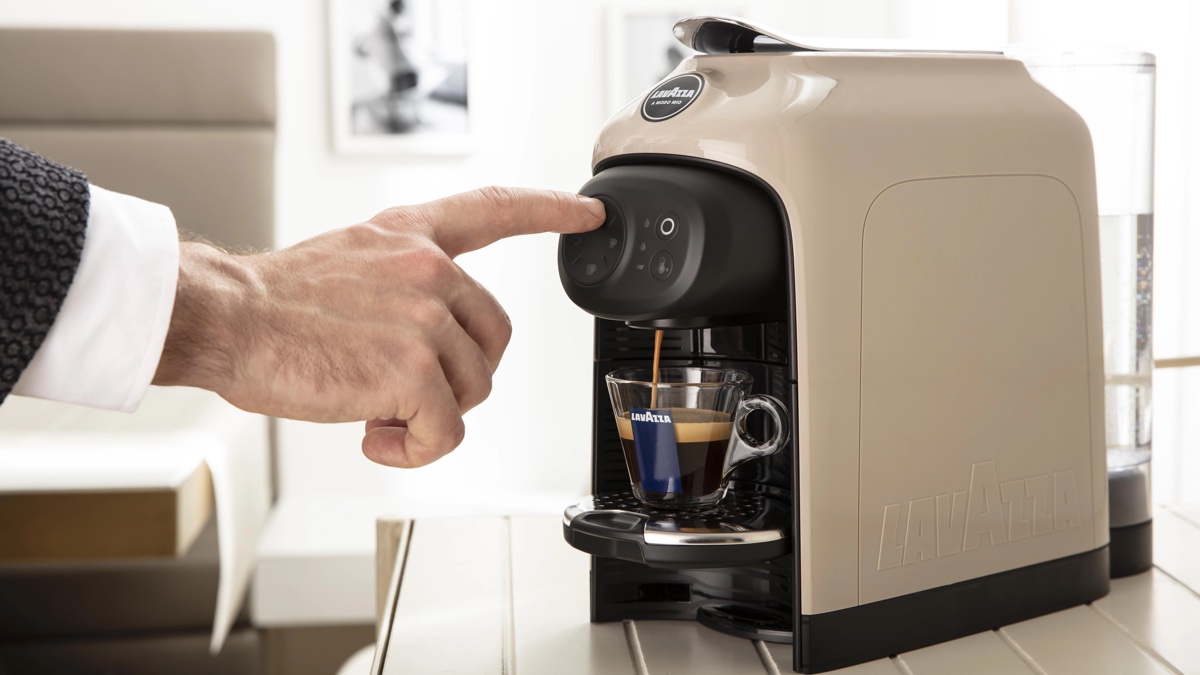
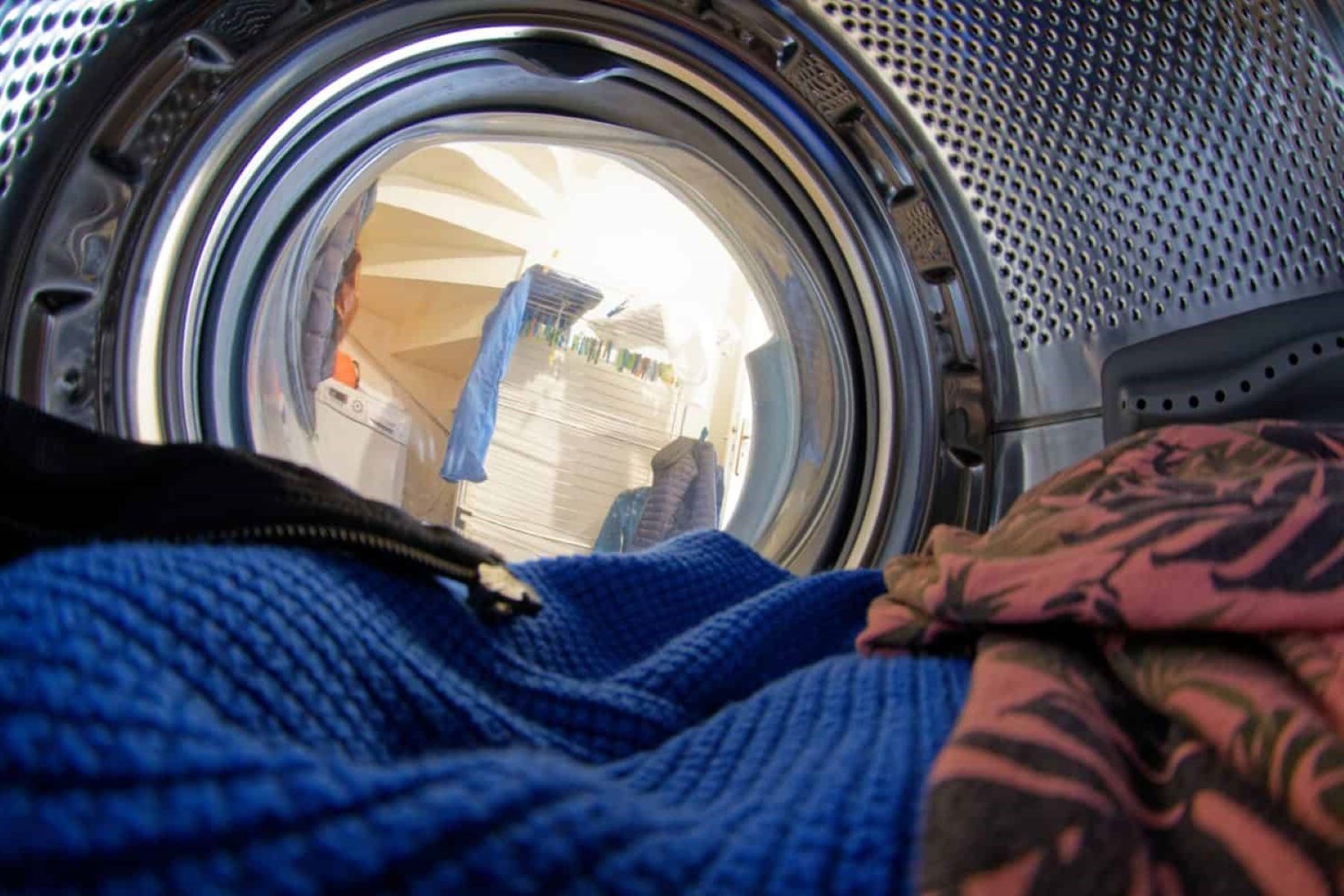
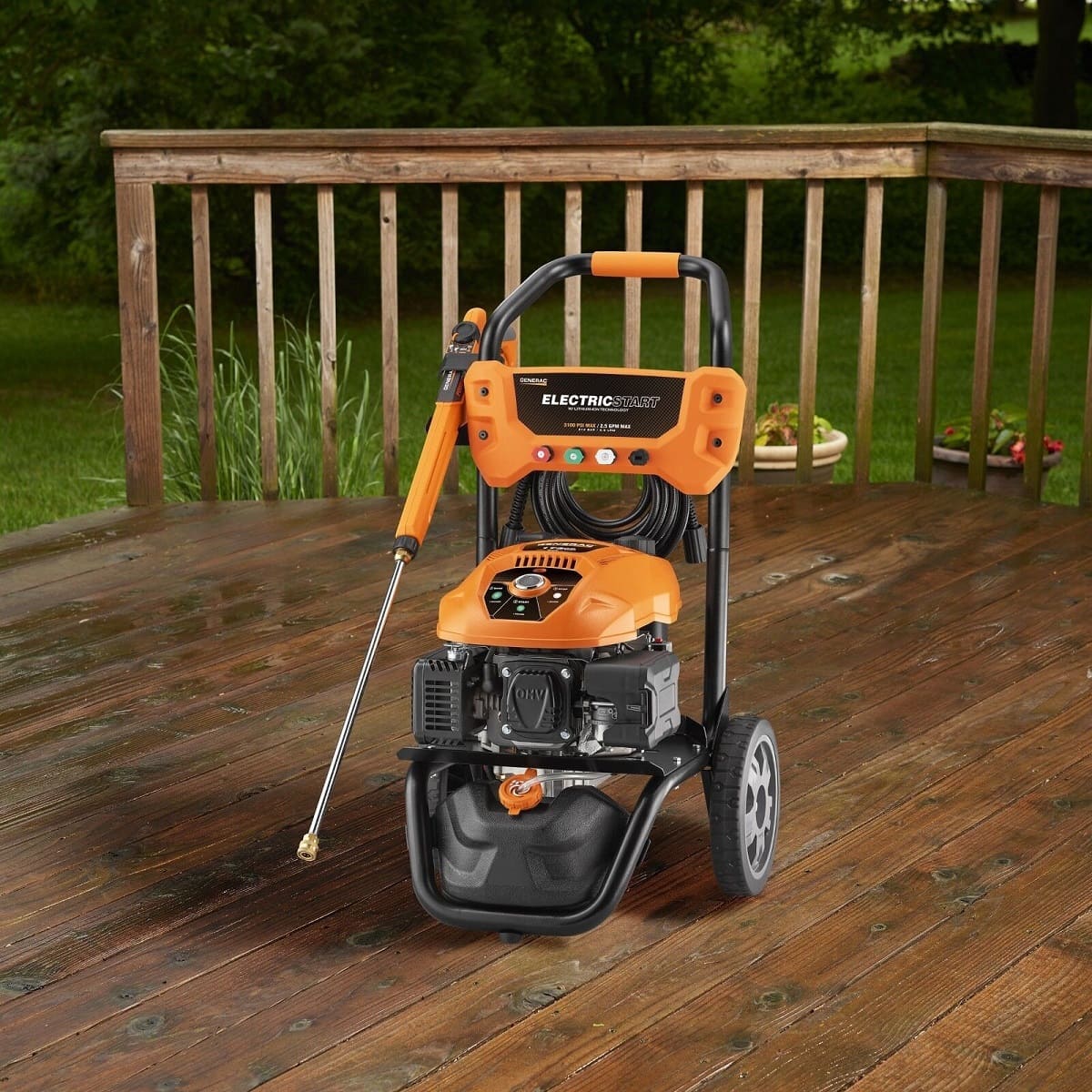
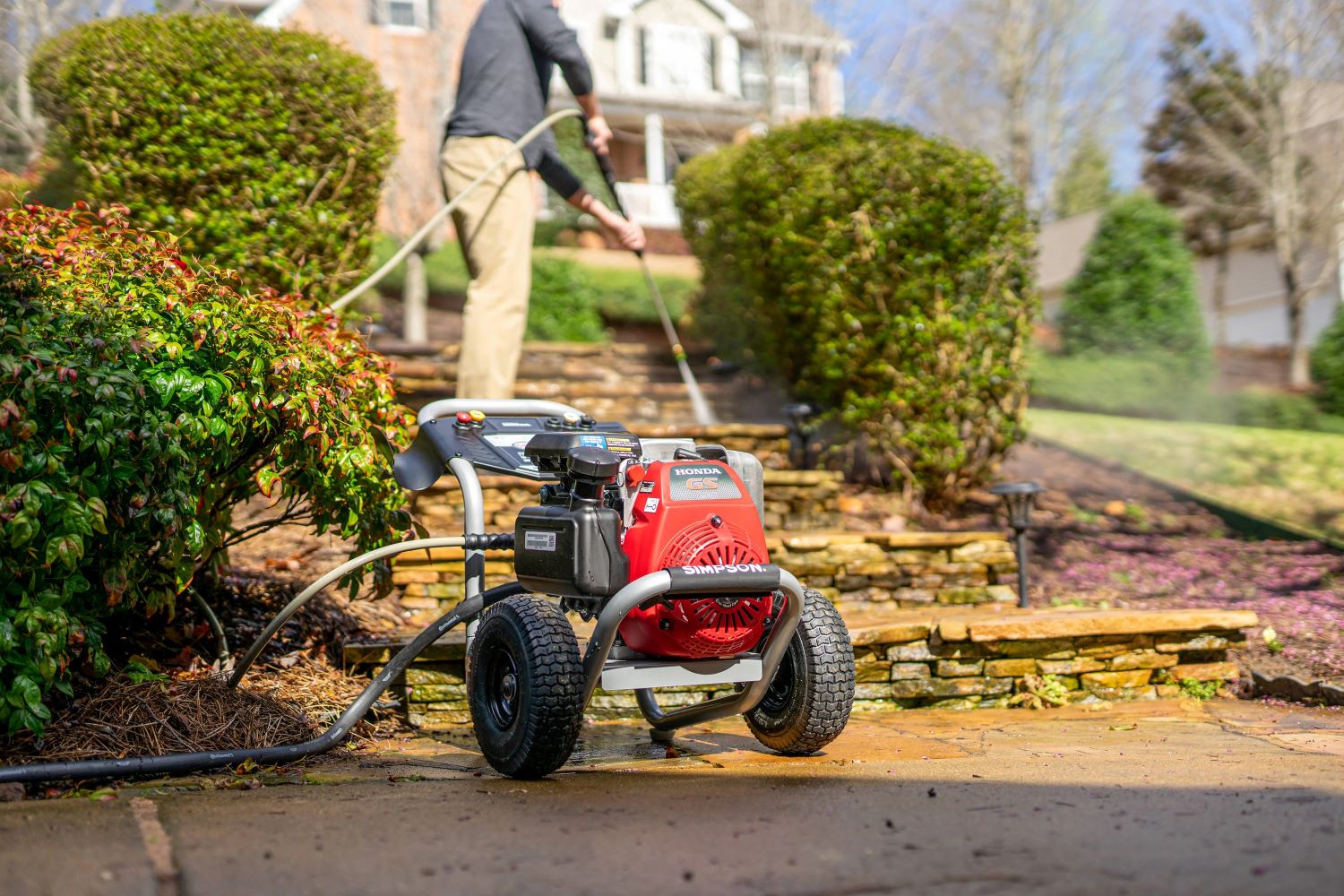
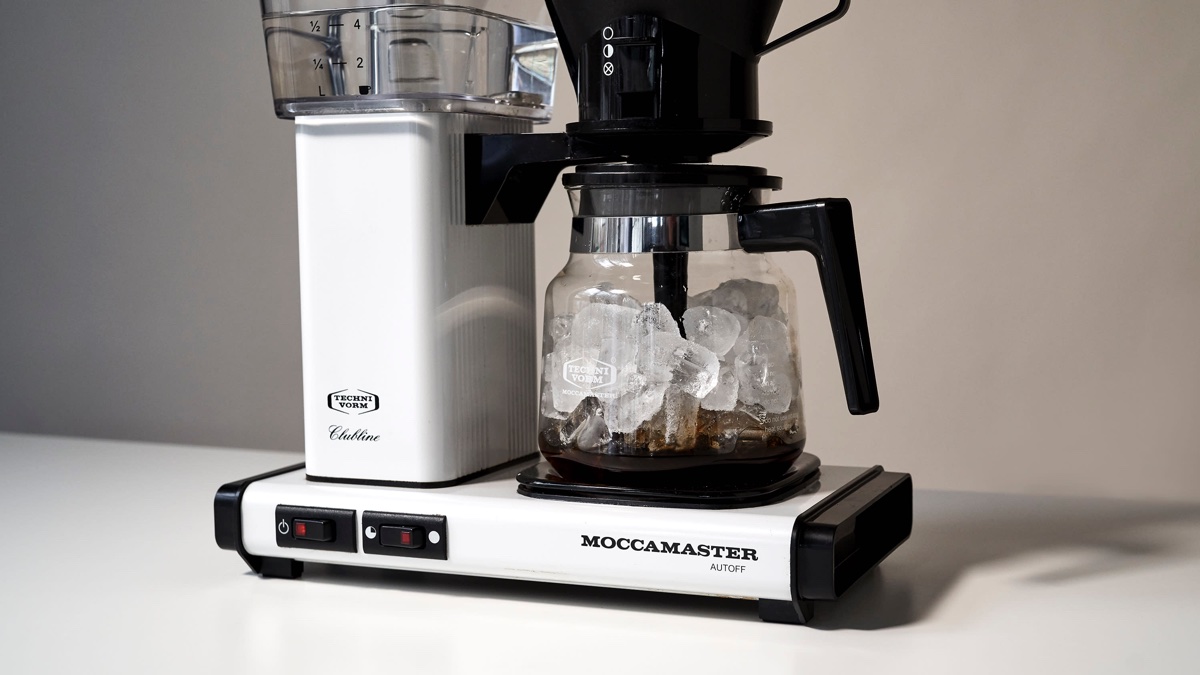
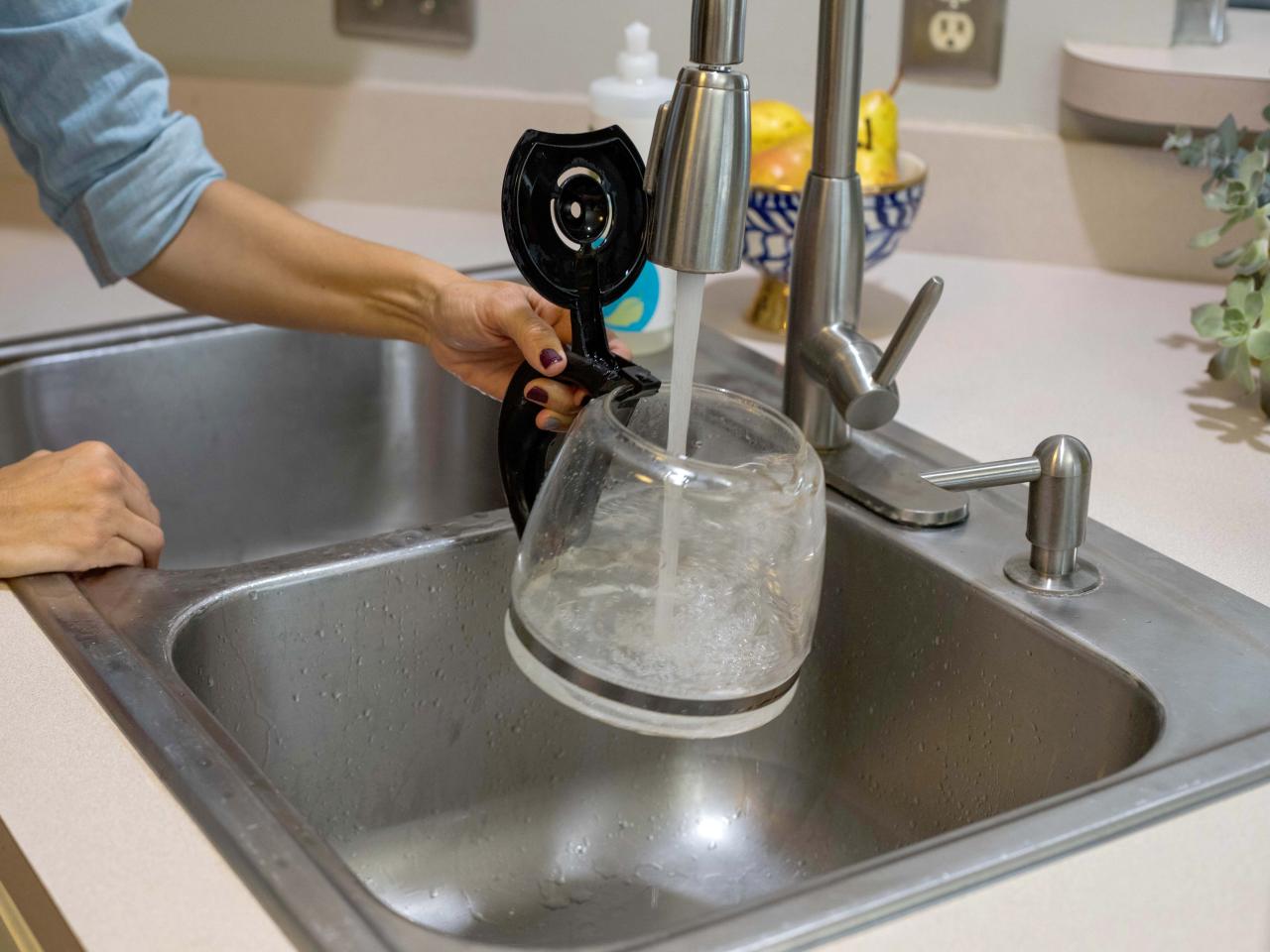
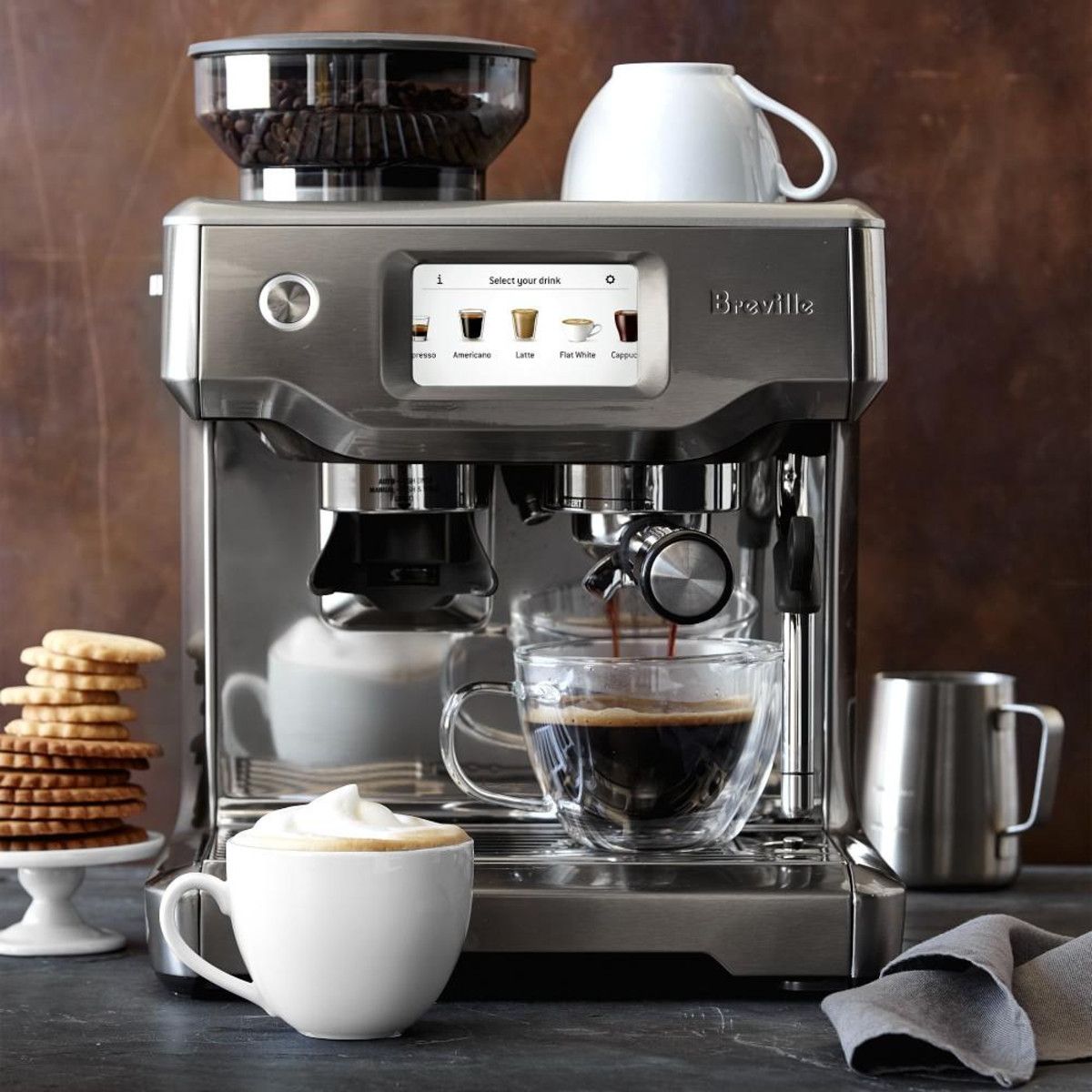
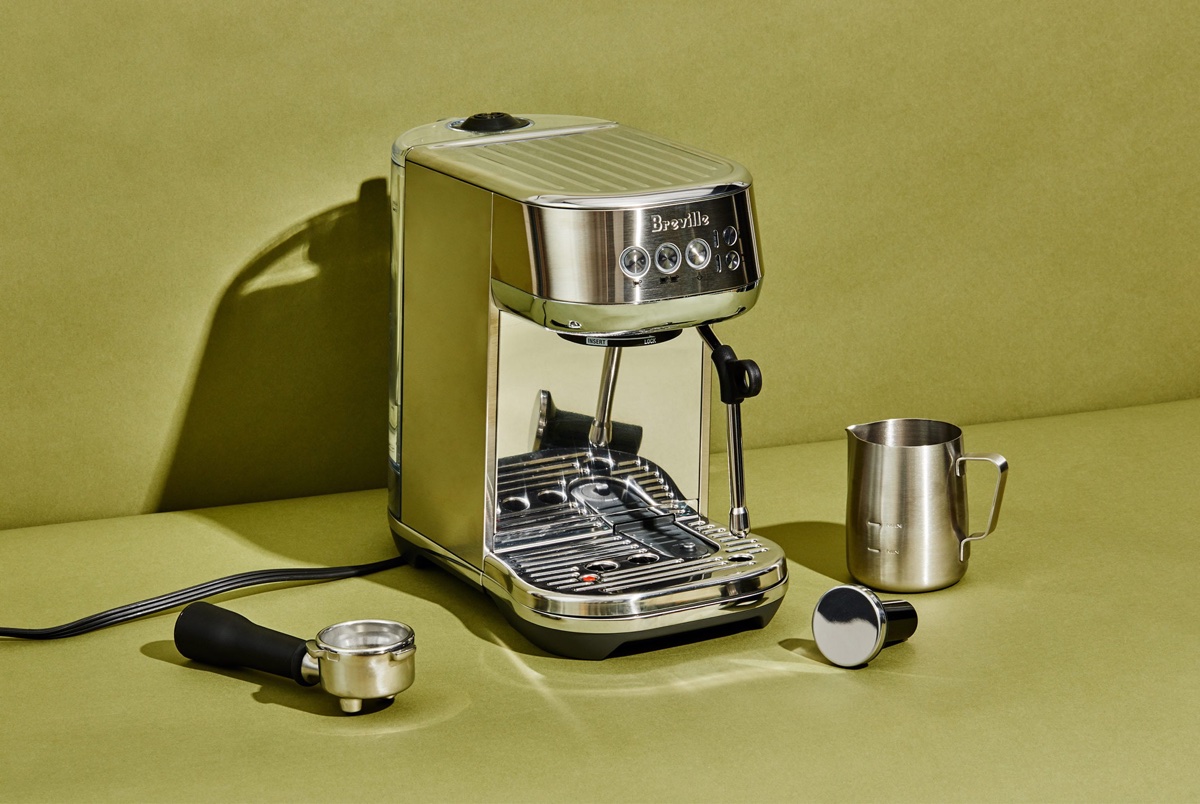
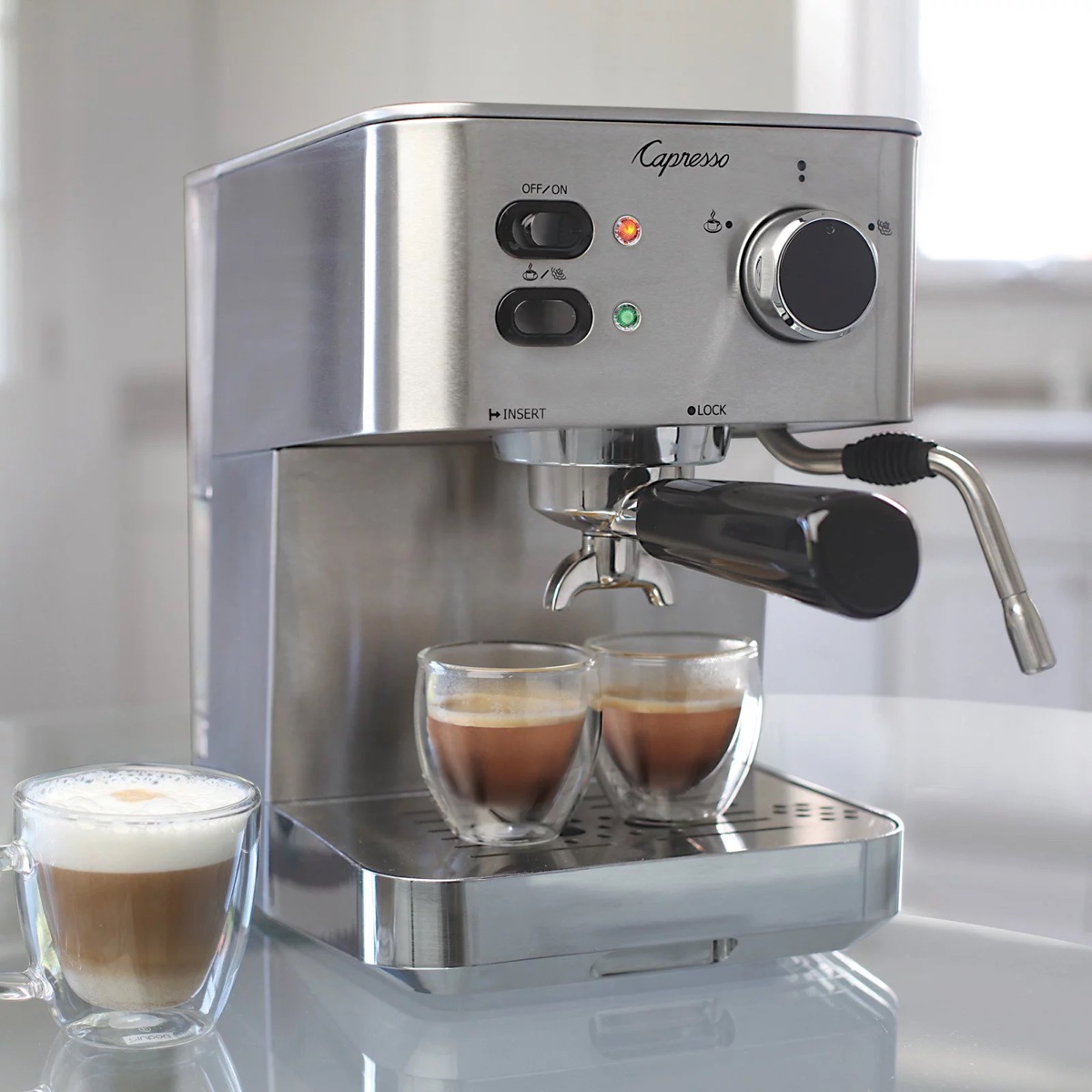
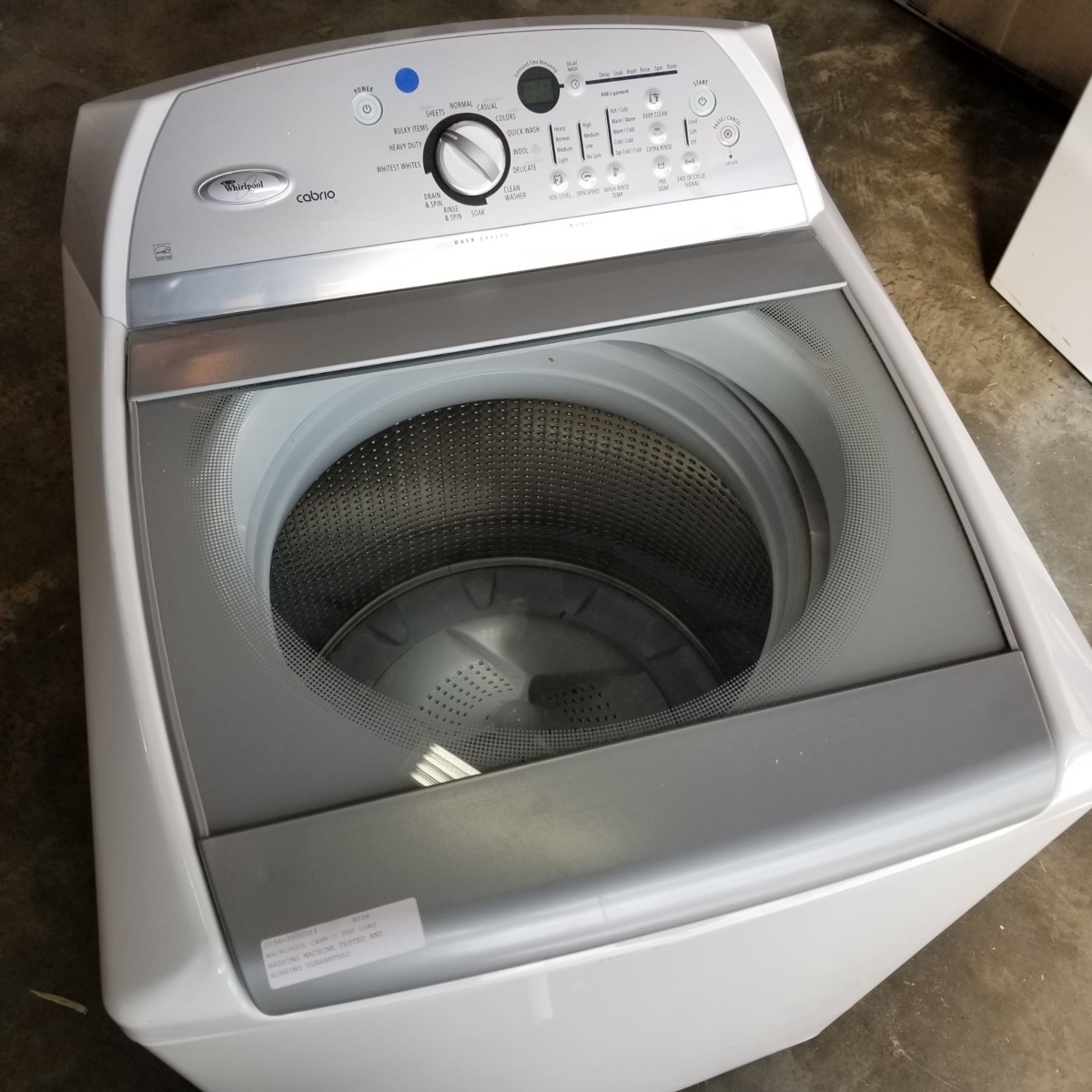
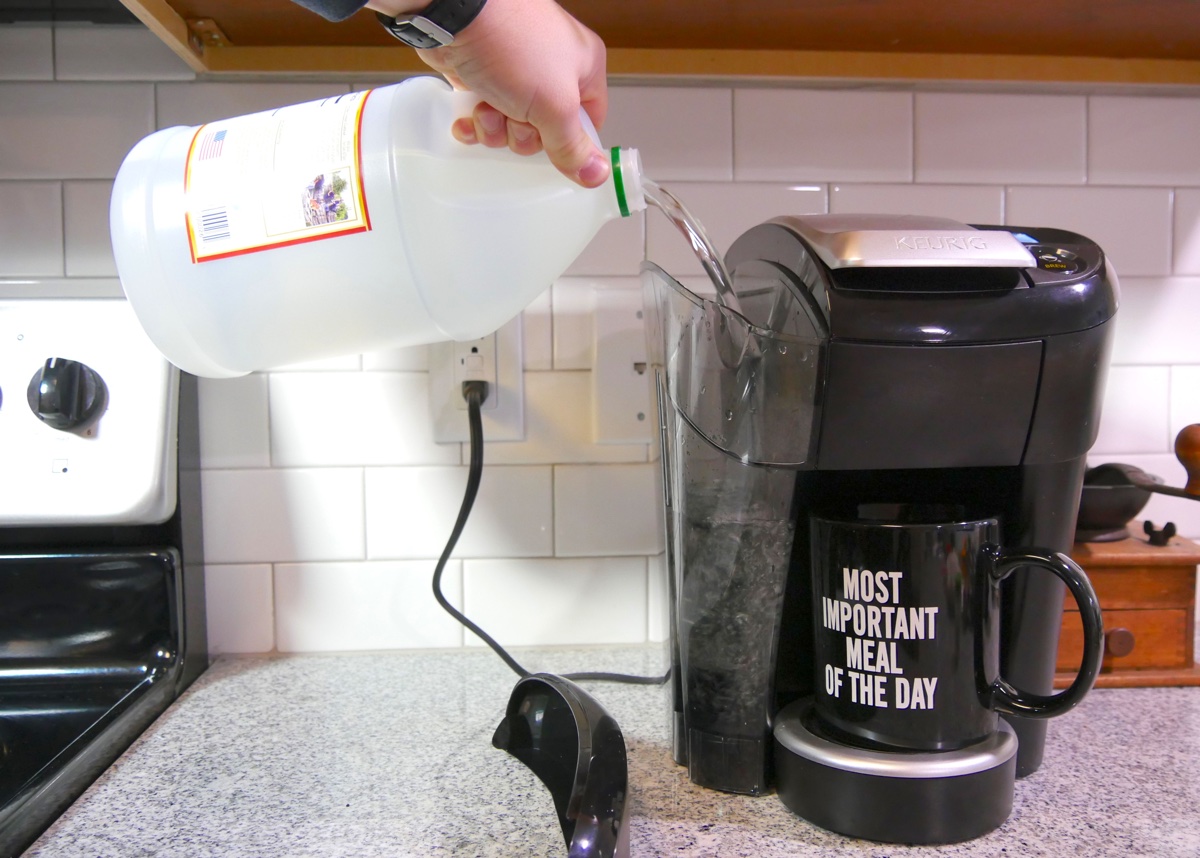
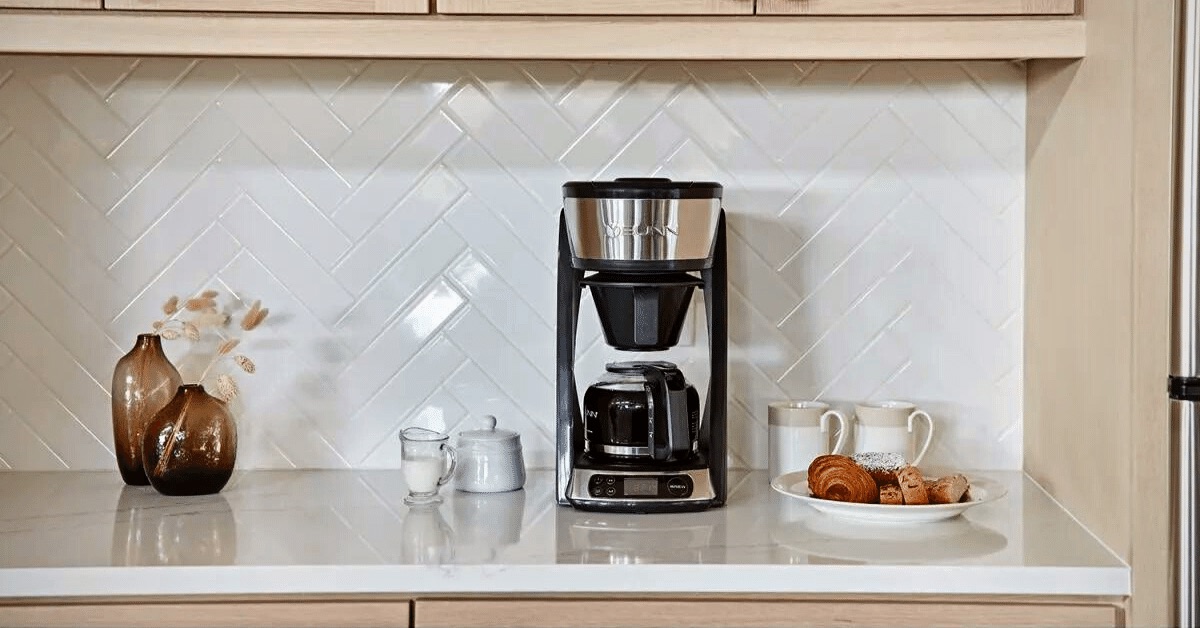

0 thoughts on “How To Start A Coffee Machine”